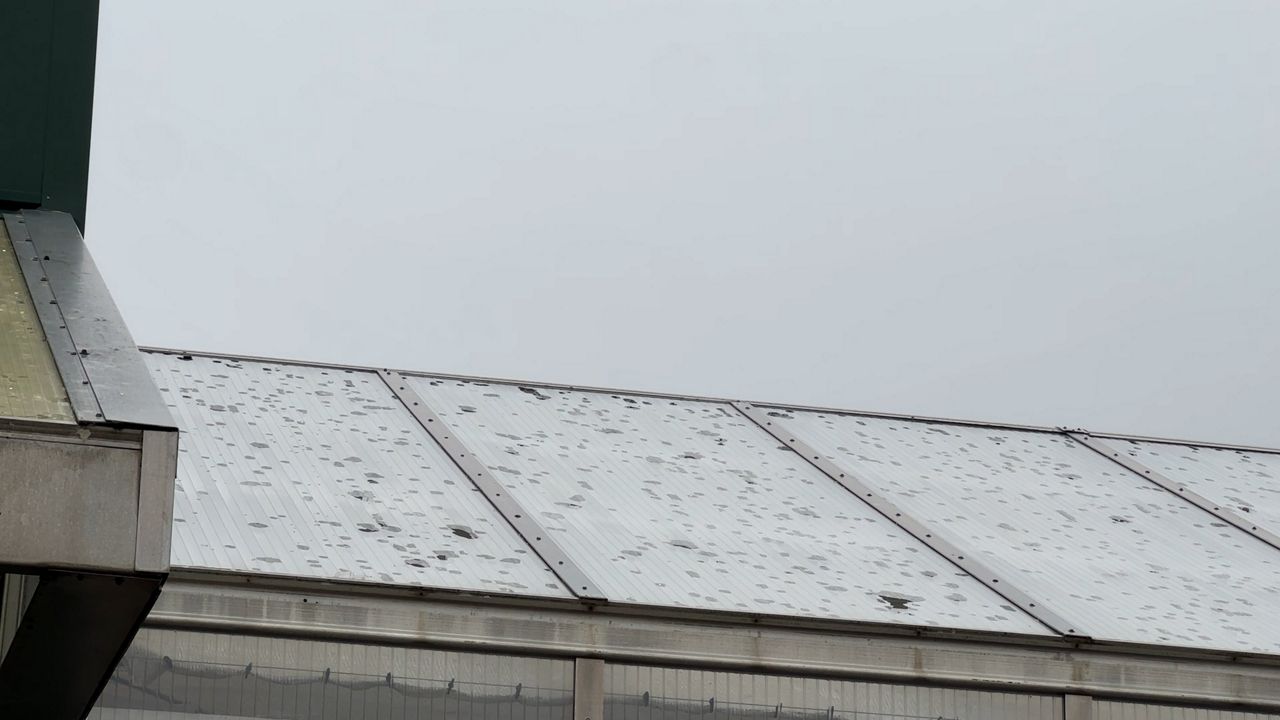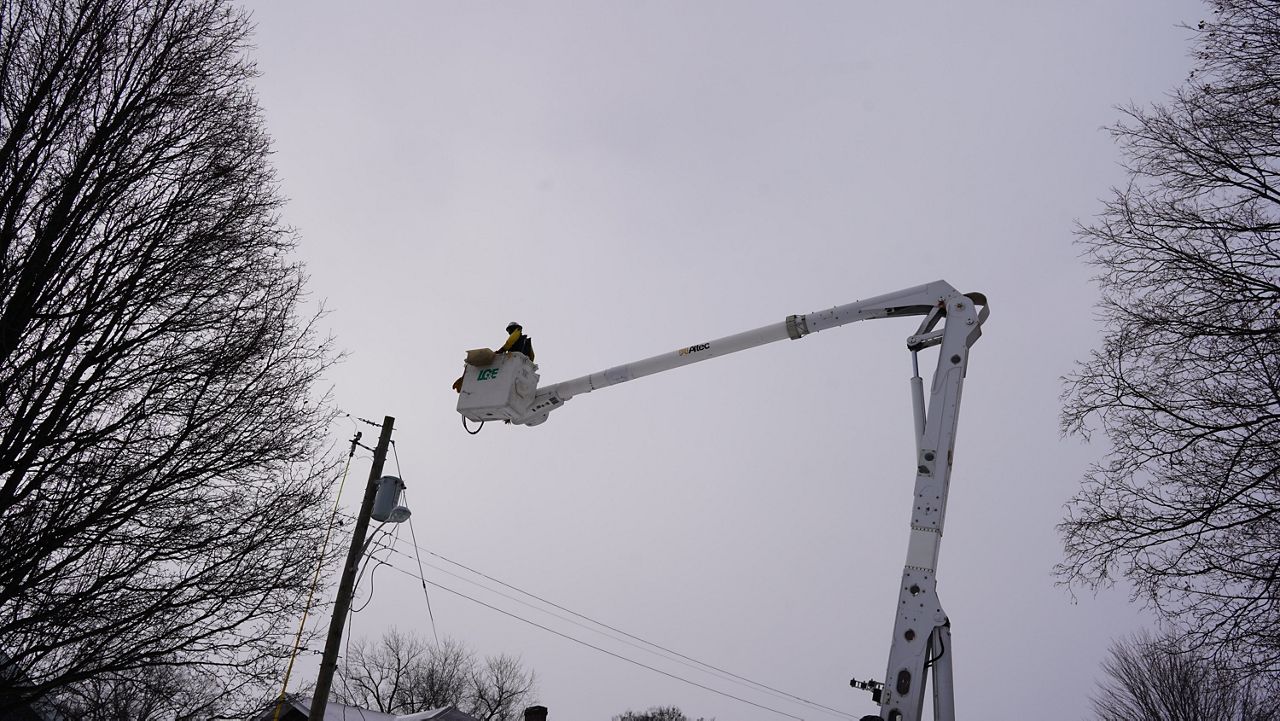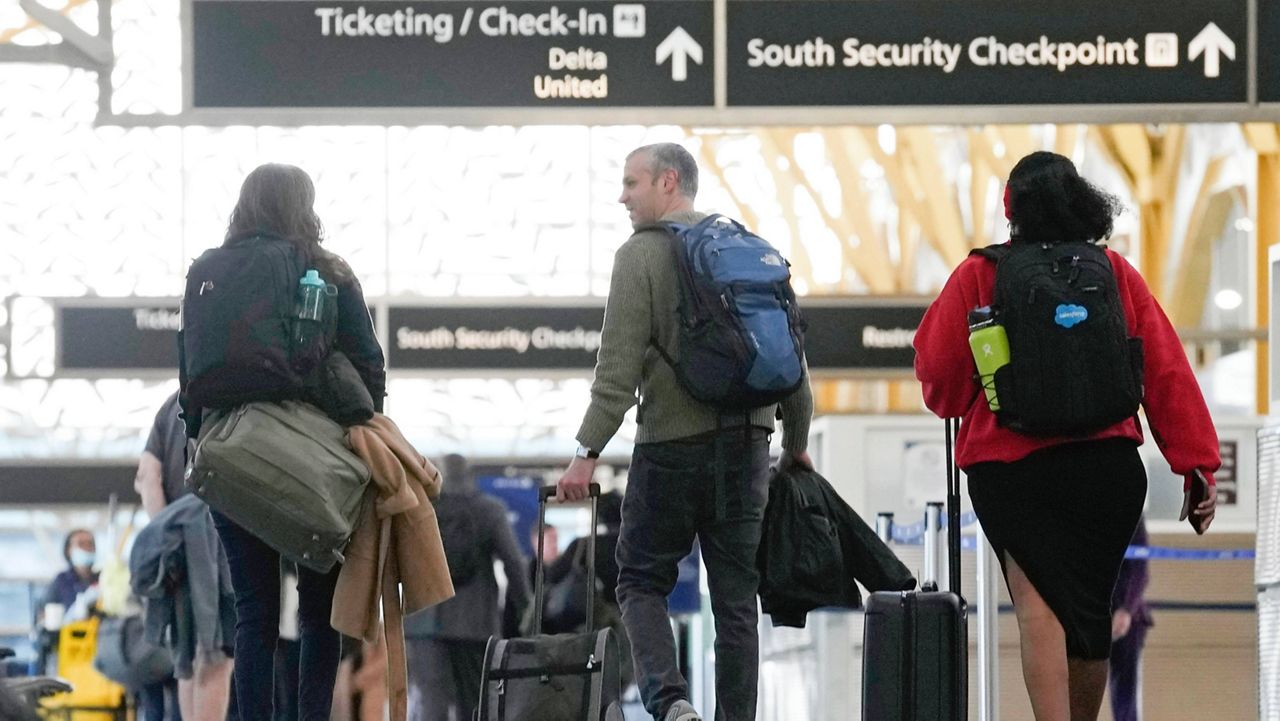WISCONSIN — The National Weather Service predicts most of Wisconsin could get up to two inches or more of snow this week, with more inches possible along the lakeshore. For some in the state, this will be the first accumulating snowfall of the season.
Light to medium-heavy snowfall will begin Monday afternoon for northern parts of the state, then Tuesday morning for the southern half. The snowfall is expected to continue into Wednesday night or Thursday morning. Some higher amounts may be possible near the Minnesota state line.
Parts of western Wisconsin sit under a Winter Weather Advisory until 6 p.m. Monday night.
While snow can be beautiful, it can also be dangerous when driving on the roads. As it gets closer to winter, the Wisconsin Department of Transportation gave these tips for drivers:
- Before leaving your location, check highway conditions and incidents by visiting 511wi.go
- Let others know about your planned route and expected arrival time
- Fully charge your cell phone
- Clear snow and ice from your vehicle’s windows, front and rear lights, roof and hood
- Take it slow, and allow extra travel time and following distance
- Most winter crashes and slide-offs are caused by drivers going too fast for the existing conditions, so remember, posted speed limits apply to ideal travel conditions
- Turn on your vehicle’s low-beam headlights to help see what’s ahead and help other drivers see you
- State law requires drivers to turn on their vehicle’s low-beam headlights any time that weather or other conditions make it difficult to see objects 500 feet ahead
- Sudden braking or steering can cause you to lose control of your vehicle, so use brakes early and carefully
- With anti-lock-brakes (ABS), use firm, steady pressure and gently steer, and never use cruise control in wintry weather
- Don’t be overconfident in your four-wheel or all-wheel-drive vehicle; all vehicles require additional time and distance to stop in adverse conditions
- Remember that bridge decks/overpasses can be especially slippery, even when adjacent pavements are in good travel condition
- Watch for snowplows, and stay at least 200 feet behind a working plow and use extra caution if you decide to pass
- Keep a safe distance behind large trucks — along with obscuring your view of the road ahead, pieces of snow or ice can blow off the top of commercial trucks as they travel down the highway
- Winter storm advisories/warnings are routinely posted on Dynamic Message Signs along major highway corridors, so stay aware
- Be mindful of your location using crossroads, mileposts or key landmarks, because if you do become stranded, you’ll be better prepared to describe your location for law enforcement or tow truck operators









